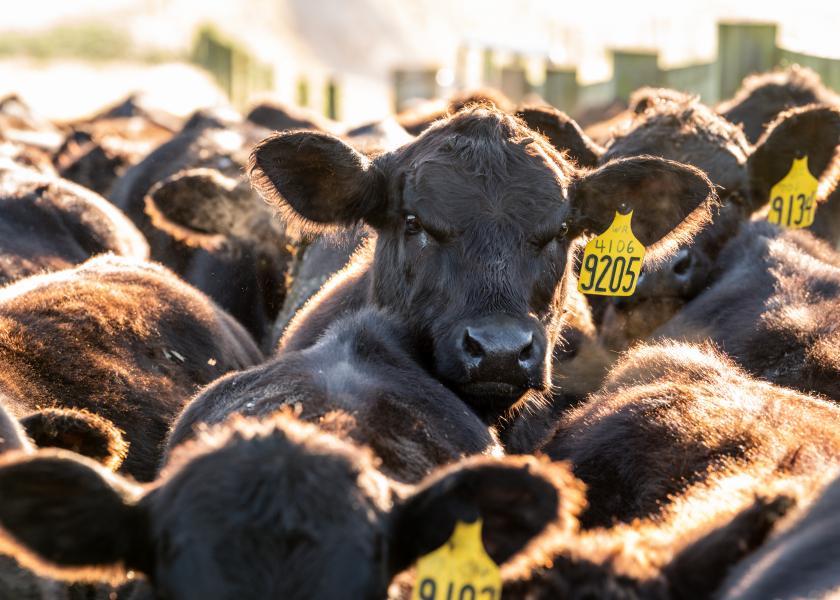Peel: No Herd Rebuilding in Sight

The July Cattle report showed that the U.S. beef cow herd continued to decline through the first half of the year. The July 1 beef cow inventory was 29.4 million head, down 2.6 percent year over year. This is the fifth year of smaller beef cow inventories since the 2018 cyclical peak, with the beef cow herd down 3.0 million head, a five-year decrease of 9.3 percent. The smaller beef cow herd is part of a general decrease in all cattle numbers in the U.S.
The total inventory of all cattle and calves in this report was 95.9 million head, down 2.7 percent year over year. The total inventory of heifers was down 3.8 percent from last year with decreases of 2.4 and 2.7 percent for beef and dairy replacement heifers, along with a 5.2 percent decline in the inventory of other heifers. The inventory of steers over 500 pounds was down 3.5 percent year over year and the inventory of calves under 500 pounds was down 2.6 percent from one year ago. The bull inventory was down 5.0 percent year over year. Total cattle in feedlots on July 1 was 13.1 million head, down 2.2 percent year over year. The calculated supply of feeder cattle (other heifers + steers + calves – cattle on feed) based on this report is 34.4 million head, 3.6 percent smaller than last year. The report pegged the 2023 calf crop at 33.8 million head, down 1.9 percent year over year. The dairy cow inventory, at 9.4 million head, was unchanged from last year and was the only inventory category in the report not showing a year-over-year decrease.

Not only did the report show continued cattle liquidation thus far in 2023, but there are also no clear indications that numbers will stabilize and grow anytime soon. The current inventory of beef replacement heifers is 4.05 million head, lower than the previous cyclical low of 4.2 million head in 2011 and 2012 and is the lowest in 50 years of available July 1 inventory data. There is certainly no indication of heifer retention in this replacement heifer inventory. Moreover, the inventory of heifers in feedlots from the July Cattle on Feed report was unchanged from last year, which indicates that relatively large numbers of heifers continue to be fed for slaughter rather than retained for breeding. Heifers currently represent 39.9 percent of total feedlot inventories, the highest proportion of heifers in feedlots since 2001.
The sharp increase in feeder cattle prices this year represents a growing market incentive for the beef cattle industry to transition from liquidation to herd expansion, but it does not appear that the industry is responding yet. Feeder cattle prices will continue to increase to jump-start heifer retention, which will lead to even higher prices as feeder supplies are further squeezed with fewer heifers in the feeder cattle supply.







